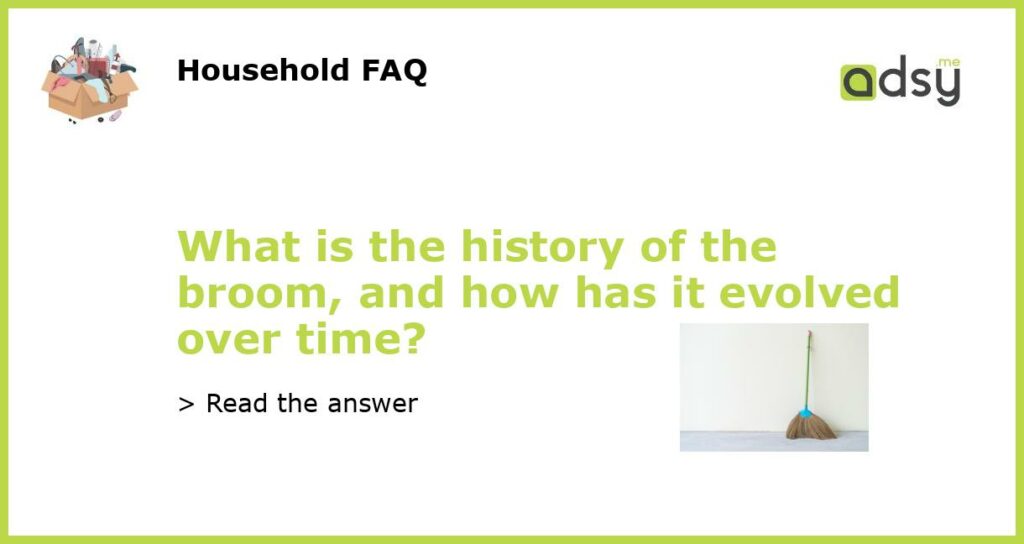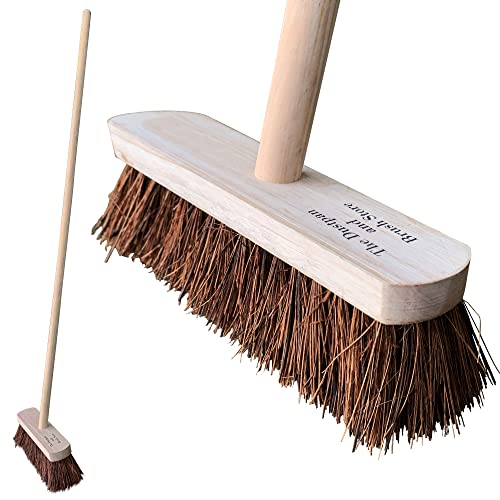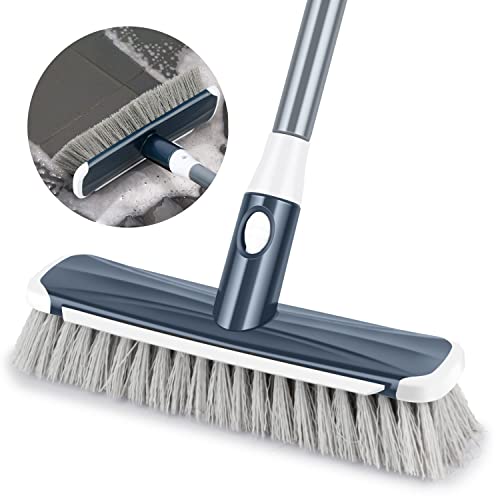The Early Days of Brooms: A Brief History
Believe it or not, brooms have been around for centuries. Traditionally made from natural materials such as broomcorn, broomsticks were used to sweep dirt from homes and public spaces. The earliest known broom was found in a cave in Turkey and dates back to around 1700 BC. These early brooms were more like modern-day brushes, with bristles made from twigs, straw or leaves.
The Evolution of Brooms
As time passed and materials became more readily available, brooms started to take on different shapes and sizes. In the late 1700s, the first flat broom was invented by a Massachusetts farmer named Levi Dickenson. He used broomcorn to construct the head of the broom, which was attached to a wooden handle. This design would eventually become the basis for the modern broom.
Brooms in Popular Culture
Over time, brooms have become a symbol of cleanliness and orderliness. In many cultures, brooms are an important part of spiritual and religious practices. In popular culture, brooms have been featured in movies, television shows and even video games. Perhaps the most well-known cultural association with brooms is the image of a witch flying on a broomstick.
The Modern Broom and its Uses
Today, most brooms are made from synthetic materials such as polypropylene or polyethylene, which are more durable and long-lasting than natural fibers. Brooms come in a variety of shapes and sizes, from small hand-held brooms to larger push brooms. They are used in homes, offices, and outdoor spaces to sweep up dirt and debris.
The Future of Brooms
As technology continues to advance, it’s possible that brooms may eventually become obsolete. Already, robot vacuums and other automated cleaning devices are becoming more popular. However, there will always be a need for manual cleaning tools like brooms, particularly in areas where automation is not feasible or cost-effective.






